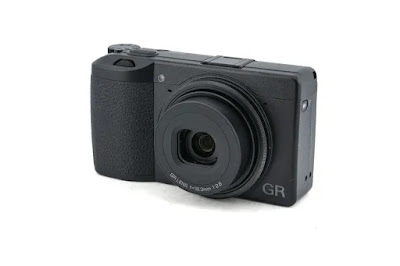Daido Moriyama, the influential Japanese street photographer, is renowned for his raw, high-contrast black-and-white imagery that captures the gritty essence of urban life. His choice of camera gear has consistently reflected his philosophy of spontaneity, simplicity, and unfiltered expression.
Primary Camera Gear
-
Ricoh GR Series (Film and Digital): Moriyama has long favored the Ricoh GR series, starting with the 35mm film-based GR1s and later transitioning to digital models like the GR Digital and GR III. He appreciates these cameras for their compactness, lightweight design, and fixed 28mm lens, which allow for quick, unobtrusive shooting—essential for his candid street photography.
 |
| Ricoh GR1 |
 |
| Ricoh GR III |
-
Nikon F and FM SLRs: In the earlier stages of his career, Moriyama utilized Nikon F and FM series SLR cameras. These robust, manual-focus cameras enabled him to capture the dynamic street scenes that became a hallmark of his work.
 |
| Nikon F |
 |
| Nikon FM |
-
Nikon Coolpix S9100: For color photography, Moriyama has been known to use the Nikon Coolpix S9100, a compact point-and-shoot digital camera. Its ease of use and portability align with his preference for equipment that doesn't interfere with the act of capturing spontaneous moments.
Film and Aesthetic Preferences
-
Black-and-White Film: Moriyama's signature aesthetic is deeply rooted in black-and-white film photography. He often employed high-contrast film stocks like Kodak Tri-X, embracing grain, blur, and unconventional compositions to convey the raw energy of urban environments.
-
"Are, Bure, Boke" Style: His work is characterized by the "are, bure, boke" (grainy, blurry, out-of-focus) style, which challenges traditional notions of photographic clarity and composition. This approach emphasizes the emotional and sensory experience of the city over technical perfection.


